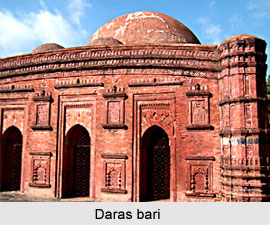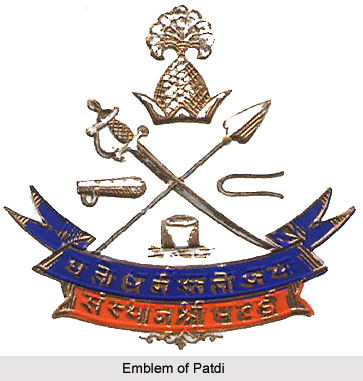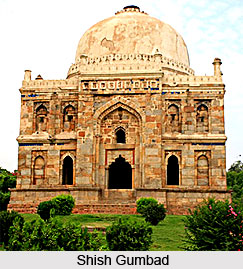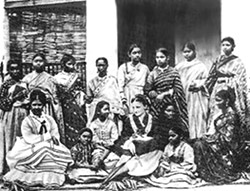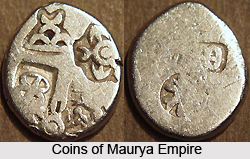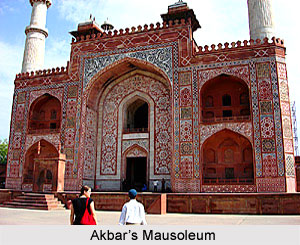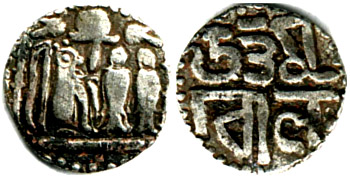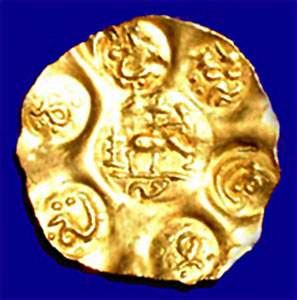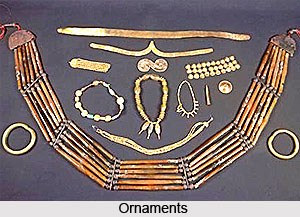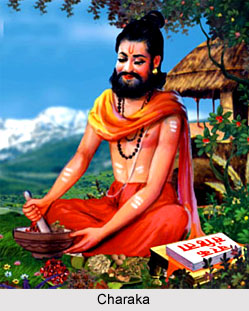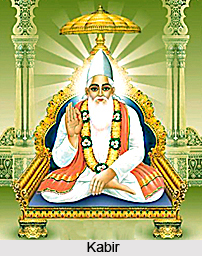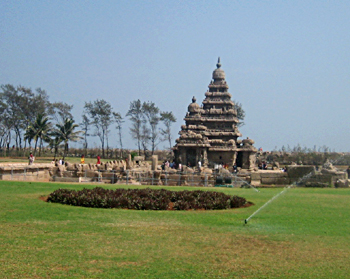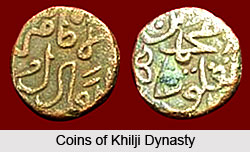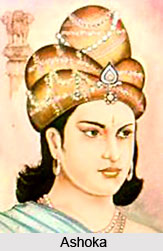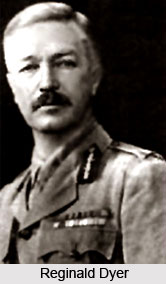 Punjab was an exceptional instance during the prolonged 200 years of British Raj on Indian `blacks`. Since the times of early 18th century, the state has stayed in turbulence, until India gained independence from the English clutches. Punjab has been a witness to several Viceroy-Generals, Governor-Generals and during the direct rule of the Crown, the infamous army officer, Brigadier-General Reginald Dyer, known for the Jalianwala Bagh Amritsar massacre. However, none of the administrations administering Punjab had been right and politically correct in their rulings. The aftermath of such administrations were borne pathetically by the English rulers themselves.
Punjab was an exceptional instance during the prolonged 200 years of British Raj on Indian `blacks`. Since the times of early 18th century, the state has stayed in turbulence, until India gained independence from the English clutches. Punjab has been a witness to several Viceroy-Generals, Governor-Generals and during the direct rule of the Crown, the infamous army officer, Brigadier-General Reginald Dyer, known for the Jalianwala Bagh Amritsar massacre. However, none of the administrations administering Punjab had been right and politically correct in their rulings. The aftermath of such administrations were borne pathetically by the English rulers themselves.
On such a similar instance, on 31st March 1849, Lord Dalhousie created a Board of Control or Administration for Punjab. Its membership consisted of Henry Lawrence (1806-1857), its President, John Lawrence (1811-1879) and Charles G. Mansel (1806-1886), as members. From April 1849 onward, the Lawrence school of district officers took shape and was to include seventy-four covenanted and commissioned officers assigned to administrative duty in Punjab. Significant future leaders emerging from the body included: Robert Montgomery (1809-1887), Herbert B. Edwardes (1819-1869), John Nicholson (1821-1857), Robert C. Napier (1810-1890), William S. R. Hodson (1821-1858), Alex Taylor (1826-1912) and Neville Chamberlain (1820-1902).
In 1849, from the spoils of the Sikh Army, the Company`s Court of Directors authorised the raising of Sikh regiments. When combined with the Corps of Guides, the Punjab force numbered to a whopping approximate of 11,000.
On 1st October 1849, John Lawrence arrested a group of powerful Sardars in Atari, who had broken their terms of clemency following the Second Sikh War. It was later discovered that this action nipped in the bud a call for widespread resistance to the British and cut off the potential for a 3rd Sikh War.
This article is a stub. You can enrich by adding more information to it. Send your Write Up to content@indianetzone.com


